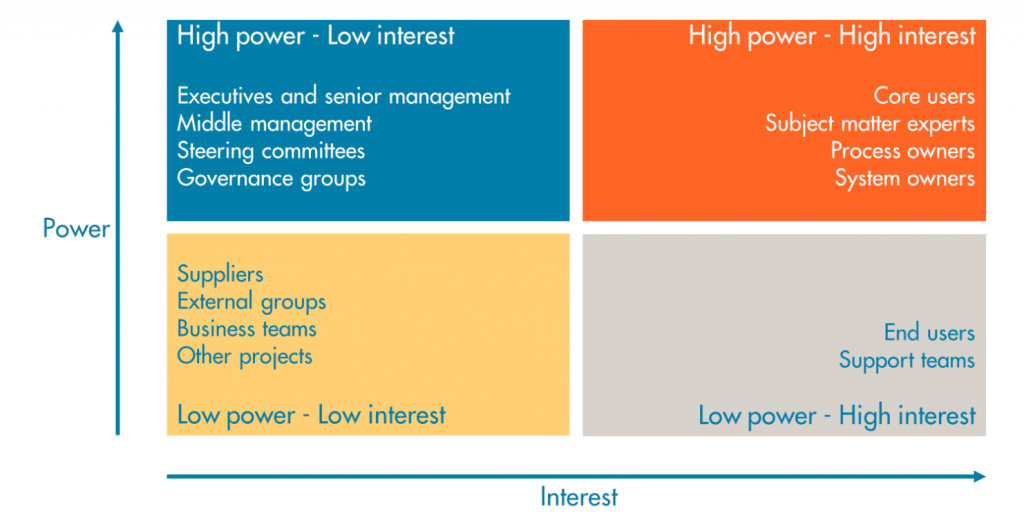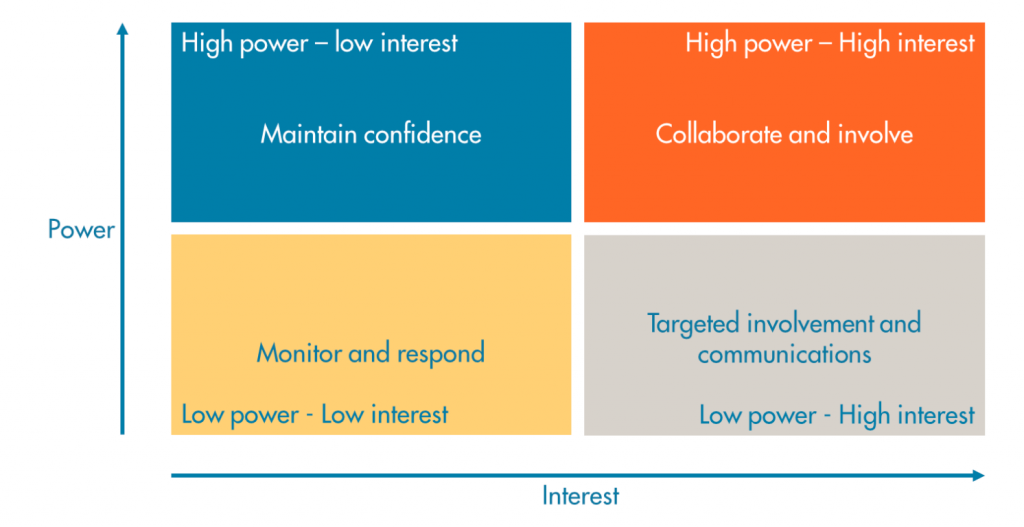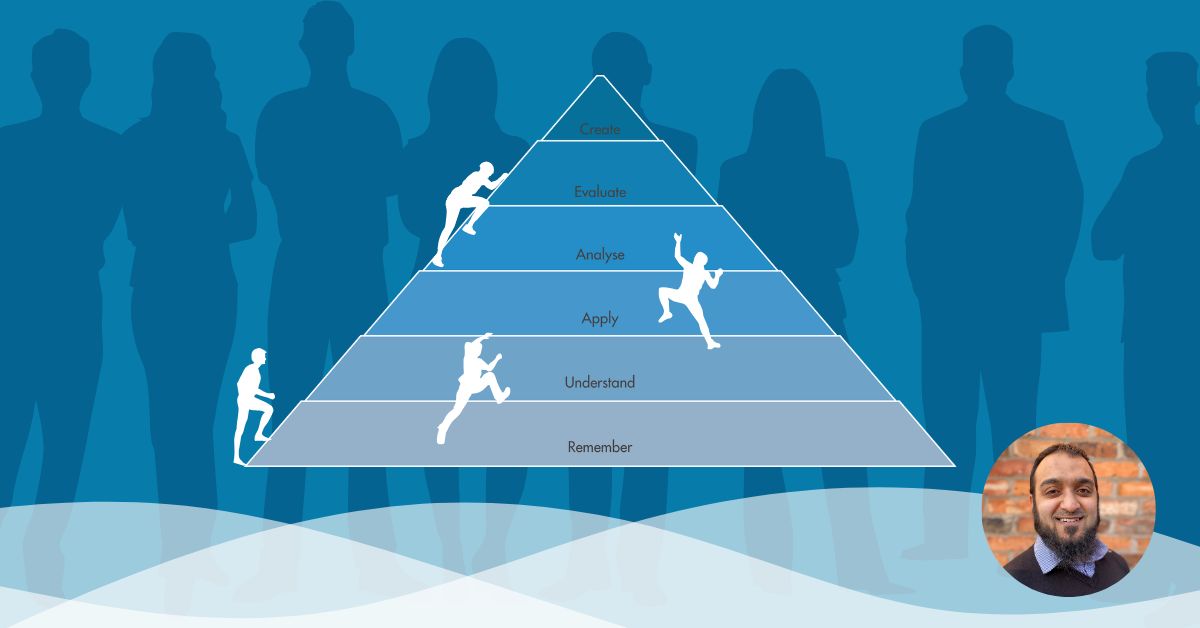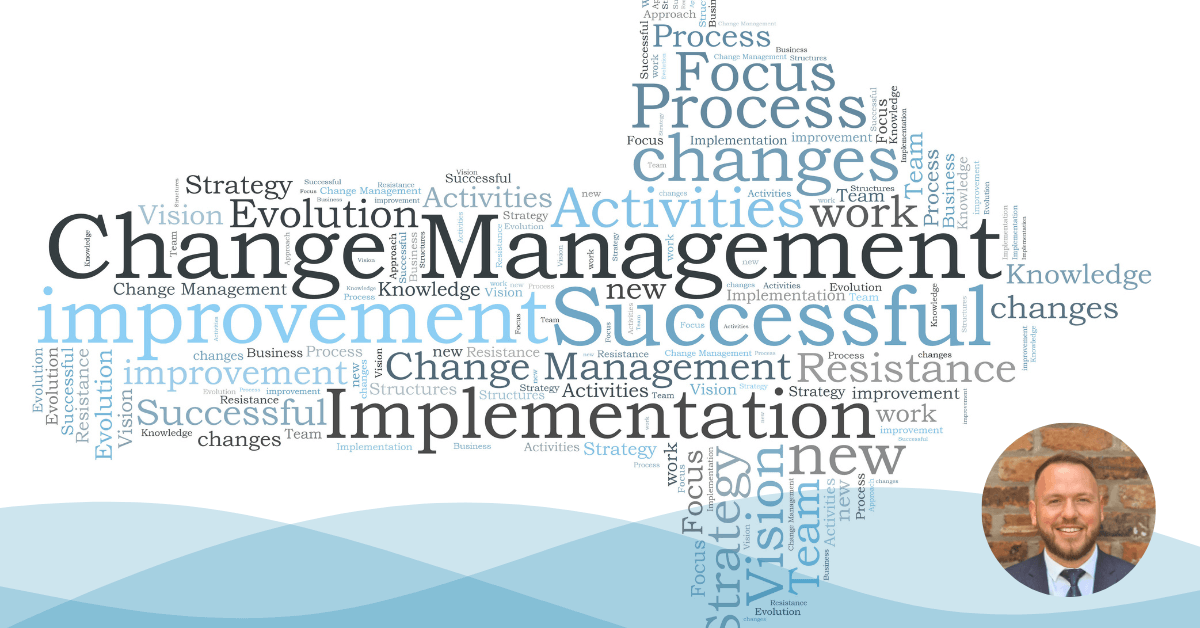Figure 1 The four steps of stakeholder management
As highlighted in the figure above, Stakeholder identification, categorisation and engagement planning make up the steps to conduct a stakeholder analysis. Our practice is to conduct a thorough stakeholder analysis at the start of each project to help answer the following key questions:
- Who will be impacted?
- How will they be affected?
- What are their needs?
- How should the project engage with them?
Effective stakeholder analysis at this point ensures that there is consistent awareness and understanding throughout the team about the nature of the stakeholders related to the project. This enables them to focus their efforts on the most critical relationships and allows project managers to tailor their communications and activities appropriately. A good stakeholder analysis can be beneficial in the long term as it can be reused for future projects.
In the absence of a thoroughly conducted stakeholder analysis, there is a significant risk that important project requirements may be missed and project communications can become highly reactive rather than proactive. This inevitably results in anxious stakeholders and reduces their confidence in both the success of the project and delivery team.
Stakeholder identification
According to ISO 215000:2012 Guidance on Project management:
“A stakeholder is an individual, group, or organization who may affect, be affected by, or perceive itself to be affected
by a decision, activity, or outcome of a project.”
We always begin our projects by making a list of stakeholders. We tend to use the following sources to do this:
- Existing project documentation e.g. project proposals, business cases, RACI/RASCI etc.
- Organisation documentation e.g. organisation charts, user lists, process maps, UI diagrams etc.
- Stakeholder identification interviews with project managers, project sponsors, SMEs etc.
In our experience, stakeholder interviews can be highly effective and it’s worth taking the time to be systematic and thorough at this stage. This involves asking the following broad questions:
- What teams in your business will be impacted by the project?
- What do they already know about the project?
- Are they currently supportive of the change?
- What is the best way to communicate with these stakeholders?
- What do these stakeholders need to ensure this project is a success?
- Are there any key influencers who need to be engaged?
The following stakeholders are often overlooked on projects, so we take extra care to identify and include them:
- Management (especially middle management)
- Governance groups
- Business support teams (usually internal teams e.g. GIS or IS teams)
- Suppliers
- Relevant external bodies
- Once we have identified our stakeholders, the next step is to categorise them.
Stakeholder categorisation
Mendelow’s Matrix is a tool that we use to consider the attitude of our stakeholders. We analyse our identified stakeholders based on their:
- Power – the ability to influence project outcomes and resources, and
- Interest – how interested they are in the project succeeding.
In order to do this, we categorise each stakeholder as either high or low for each measure:
Power









